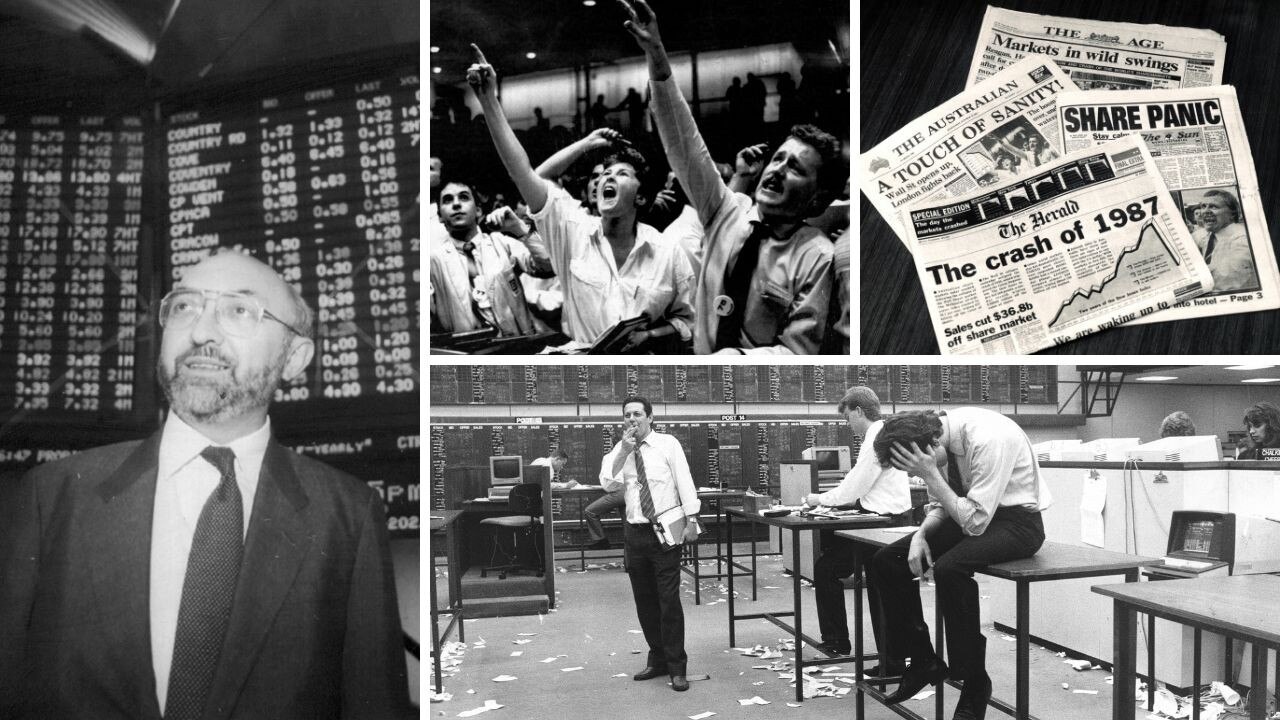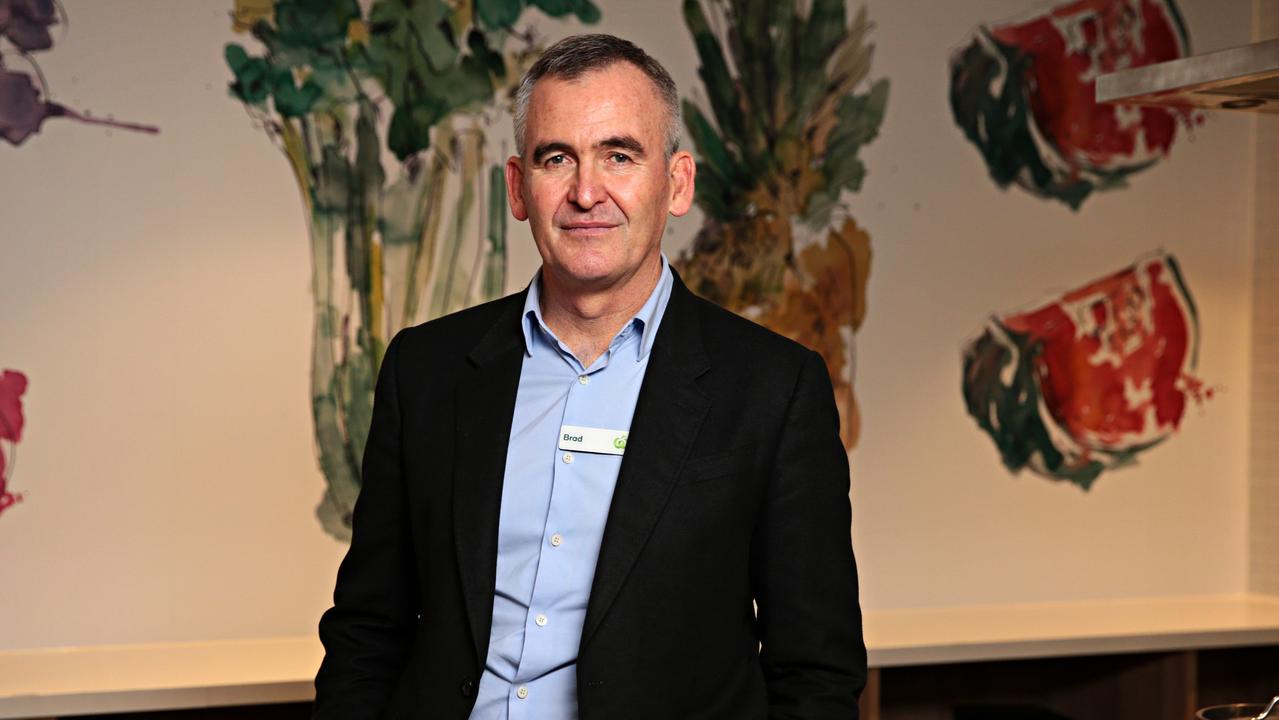Food inflation is real and it’s serious
Most people under the age of 35-40 have never experienced rising food prices but that’s about to change and possibly big time.

Terry McCrann
Don't miss out on the headlines from Terry McCrann. Followed categories will be added to My News.
Inflation is real, it’s accelerating, and it’s not going to miraculously and oh-so conveniently just disappear or even just fall sharply.
The Australian’s Eli Greenblat reported Monday research from UBS showing prices across the aisles at Coles leaping 3.2 per cent in the March quarter and an even more startling 4.3 per cent at Woolworths.
Just to show you how significant that is, those increases are at a rate of more than 13 per cent for Coles on an annualised basis and a staggering 18 per cent-plus for Woolies.
Now, I am certainly not suggesting that food prices will continue to rise at that sort of pace through the year.
But the idea that this has been some sort of ‘one-off’ is seriously and dangerously wrong.
It is most critical to understand, it’s not ‘all-about’ the war on Ukraine or Covid or a combination of the two; although the stresses of the last two years are now clearing playing out.
Three things make this new reality of supermarket inflation particularly potent.
The first is that it’s happening at all.
Not only have most people under the age of 35-40 or so never experienced rising food prices, they’ve lived most of their lives with falling prices.
It’s the same of course, albeit for not quite so many years, with interest rates and repayments on their home loans.
Most have never experienced an increase; that is also about to change, possibly big-time.
Now, obviously, I didn’t mean the prices of everything in supermarkets always falling every year.

We all know the reality of those shrinking chocolate bars and biscuit packs.
But for pretty much every year of the 21st century – and indeed back into the 1990s – prices on average across the supermarket have edged down every year, even into and through the first two years of Covid.
That started to flip in the September quarter last year; we then saw the first signs of generalised food inflation in the December quarter for the first time this century; and now the March quarter leap.
What makes this potent, again obviously, is that it impacts everyone: we all eat.
It also, feeds into prices across hospitality, restaurants, cafes and the like – further leveraged by rising labour costs.
The point is probably fairly well understood that the surge in energy prices and particularly that of petrol and diesel feeds inflation right across the economy. Exactly the same applies to food inflation.
Just as it’s not just the more expensive petrol we use, but is used in all logistics and so pretty much the price of everything; it’s not just the more expensive food we eat, but the more expensive food that everyone eats.
And right now we’ve had sharply accelerating inflation in both; petrol and food.
This cannot but play out in higher prices across the board; potentially, indeed likely, building in self-sustaining inflation feeding into wages and then back into prices.
Yes, petrol prices have fallen back from their recent peaks, as the underlying price of oil went back under $US100 ($135).
But they are now back above $US100, and as Ukraine goes from bad to worse, I wouldn’t be betting on them dropping sharply anytime soon.
In a narrow sense it has played out very serendipitously – and extremely timely - for the Government, as Treasurer Josh Frydenberg seemed to deliver a 50-60c price cut at the bowser, fiscally miraculously, with only a 22c excise cut.
Equally, it could now start to back-fire bite.
Into this mix we now will get the RBA lifting its official cash interest rate and the banks their variable home loan rates.
And yes, it will put yet further pressure on household budgets – into a very murky global backdrop.
Originally published as Food inflation is real and it’s serious



